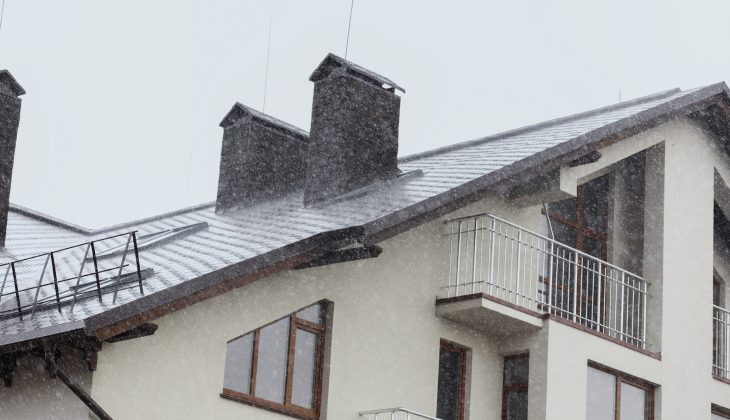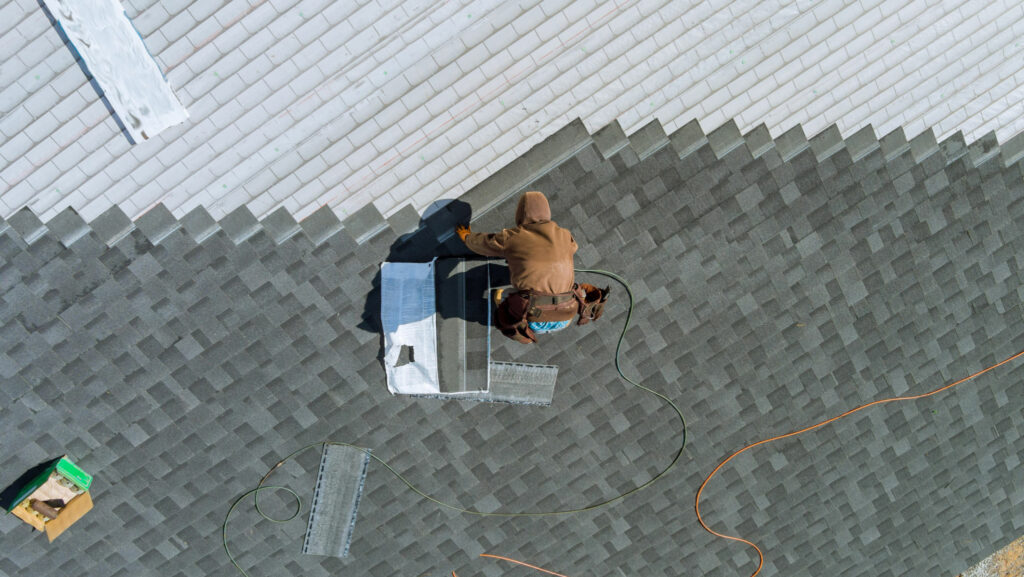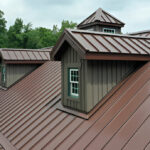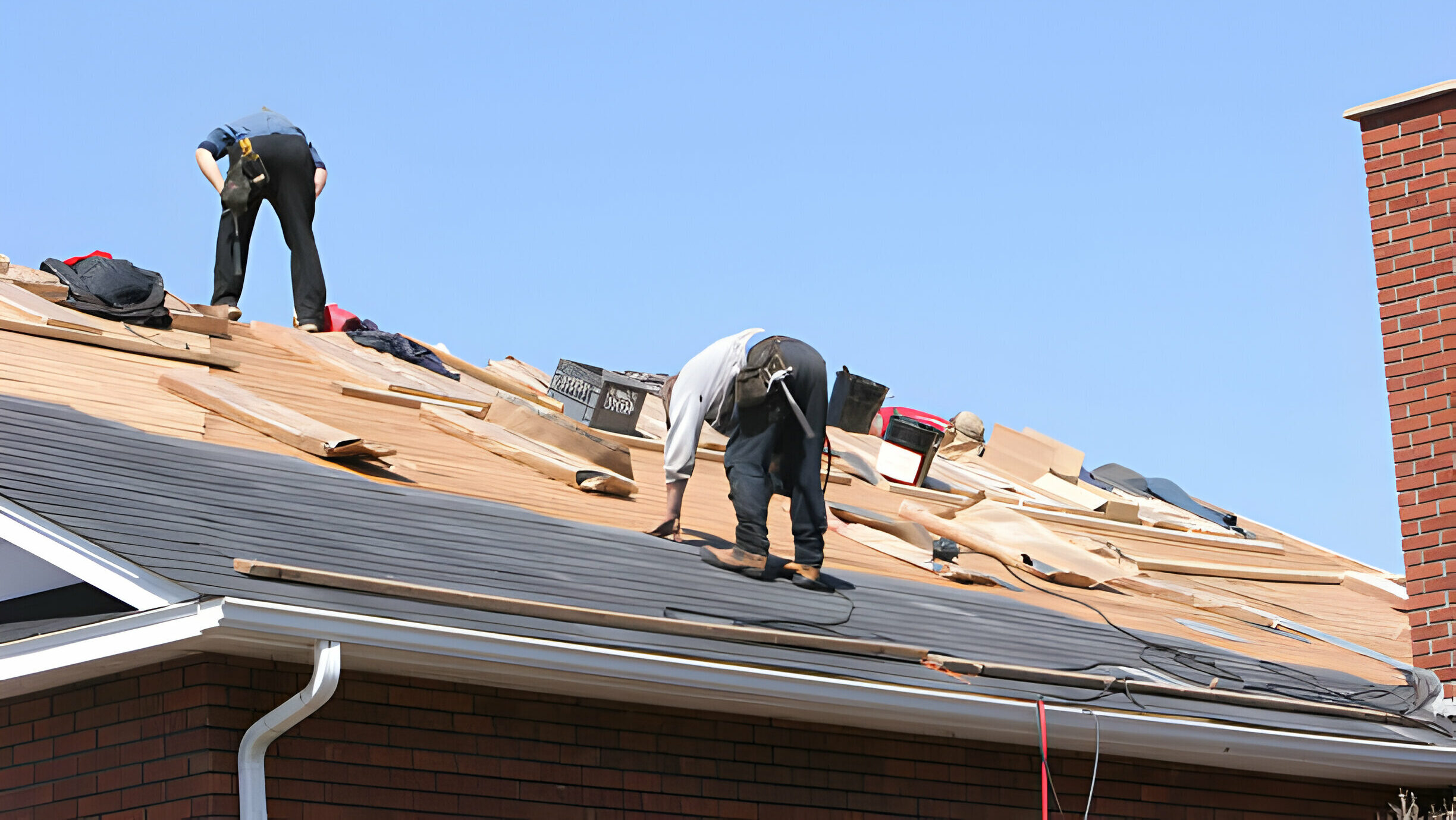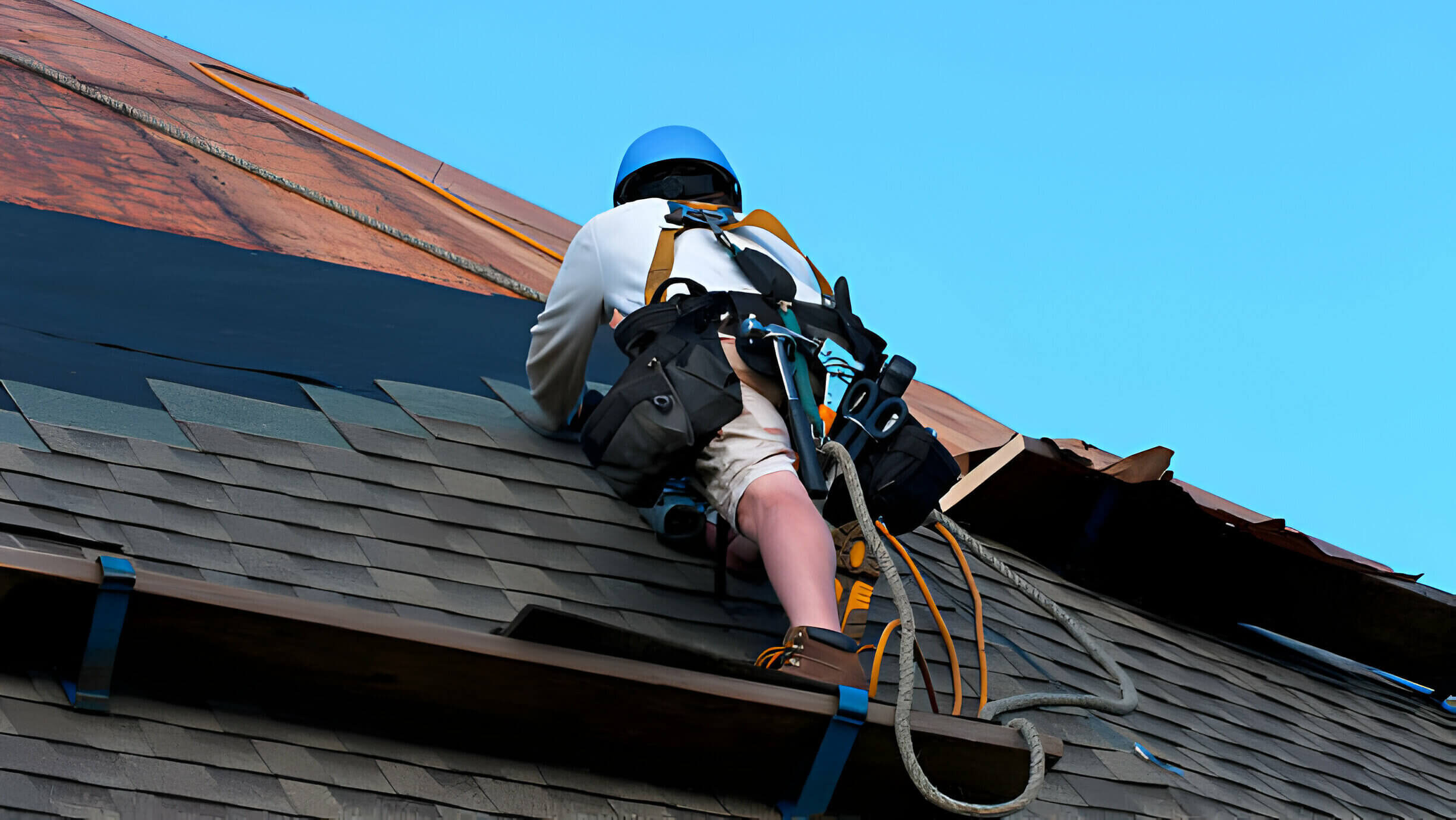The unpredictability of weather can be challenging to deal with when replacing a roof because we never know when it will rain, snow, or hail.
Table of Contents
ToggleRain can compromise the overall effectiveness and durability of your roofing materials and can cause project delays especially if it showers amidst your roofing project.
Your roof installation must take place in dry conditions when no moisture is present in the air.
Putting on a roof during heavy rains, storms, extreme temperatures, or high winds is not a wise choice.
The best thing to do is to schedule the date according to weather forecasts.
I know what you are thinking. Sometimes, unexpected and unforeseen rain showers can occur without prior notice from weather forecasts.
This is why we are writing this article.
Can You Roof In The Rain?
The short answer is no, you cannot replace a roof during the rain. Rain can not only be damaging to roofing materials but can also create safety hazards for construction crews.
The chances of slipping off the roof, especially a steep-slope one, increase significantly during the rain, which can result in serious injuries or even be fatal, similar to the risks involved when you re-shingle a roof in wet conditions.
What about flat roofs? Laying flat roofs during the rain is equally dangerous and not recommended. The materials may take double the time to dry after the rain.
Similarly, what would happen if your roof components, say the decking, were exposed to the rain? It will absorb the water, become saggy, and provide a path to water infiltration, leading to potential leaks.
Rain Damage During Roof Replacement
If it suddenly starts to rain during your ongoing roofing project, it can be pretty damaging for the roof if it’s not covered immediately.
The underlayment and decking of your roof are mostly exposed during the replacement process. These materials can absorb moisture and become warped.
The wet underlayment may not provide the same water resistance anymore, whereas a wet decking can grow mold and mildew that can cause its breakdown and decrease its lifespan.
Rainfall can cause the roofing materials to soften and swell, leading to deformed and bowed roofs.
You must restart the process and replace your roof after the damage. Click here to find out how much does a roof replacement cost?
What To Do If It Rains While Roofing?
Your roofing crew is always prepared for such events. Here is how exactly they cope with the situation:
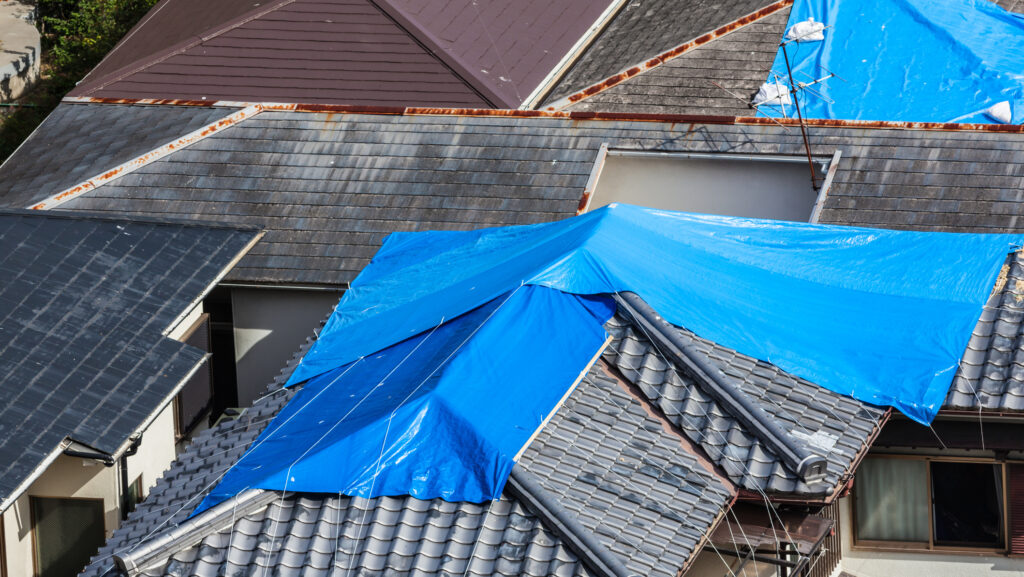
The roofers are typically equipped with roofing felt paper or large waterproofing tarpaulins.
These materials temporarily protect the roof from rainfall and prevent the water from entering filterable materials, much like a roof gutter replacement might safeguard a home from water damage.
When the pending roof is covered, the roofers wait for the weather to get favorable again to continue the work.
However, a few drops of rain do no damage to the roof.
Why Can’t Roofers Work In Rain?
Roofers cannot work in the rain for a variety of reasons.
- Safety Concerns: Roofers are prone to safety hazards during extreme weather conditions like rain, with risks of slipping off and falling.
- Compromised Work Quality: Slippery surfaces and low visibility during rain can lead to mistakes, as roofers may feel pressured.
- Material Adherence Issues: Many roofing materials require dry conditions to adhere correctly. Rain decreases their adhesiveness, durability, and effectiveness.
- Project Delays: Rain can cause significant delays in the roofing process, making it more time-consuming and less efficient.
Best Time To Replace Roof
The best time of the year to replace a roof is when,
- The weather conditions are
- Mild the humidity is low
- The weather patterns are stable.
These are screaming “fall.”
The lower humidity and milder temperatures during autumn allow the efficient adhesion of roofing materials.
The best temperature to install Asphalt shingles is 26 degrees. Autumn certainly does a lot of justice to materials like this.
The fewer extreme and ongoing weather conditions of Autumn make it much easier to decide and schedule a date for your installation process.
What months are the best to put a roof on? Without a doubt, September, October, and November.
Roof Replacement During Rain FAQs
How long does it take for a roof to dry after a rain?
It depends. Flat roofs typically take longer than steep roofs to dry. Steep roofs take less than 24 hours to dry, while flat ones take up to 48 hours.
How do you protect shingle installation during bad weather?
If you predict rain because the dark clouds are taking over, it’s best to cover your roofing material with a waterproofing tarpaulin.
Can you apply roofing tar in the rain?
No. Roofing tar is used to repair leaks, and its oily nature may not stick properly during the rain.
Conclusion!
In this article, we talked about how roofers cope with sudden rainfalls during an ongoing roofing project and also provided reasons why roofing during the rain is a bad idea.
Rain can be hazardous to the roofers and compromise the materials’ effectiveness. This is why it is always advised to wait for the right time before making this, not entirely but a life-long decision.

